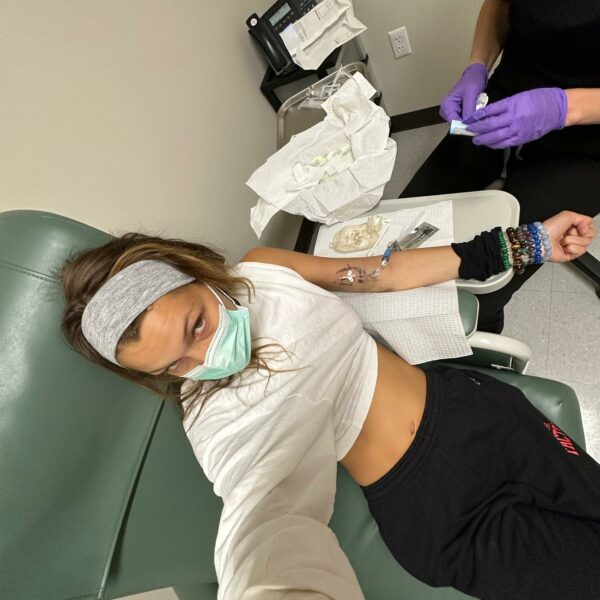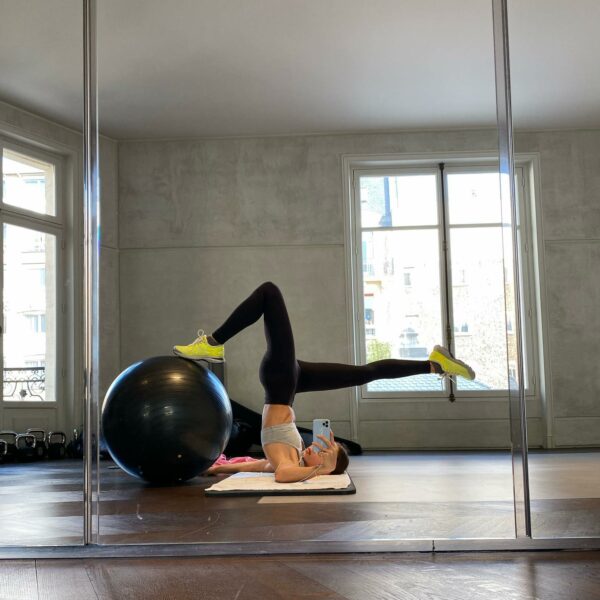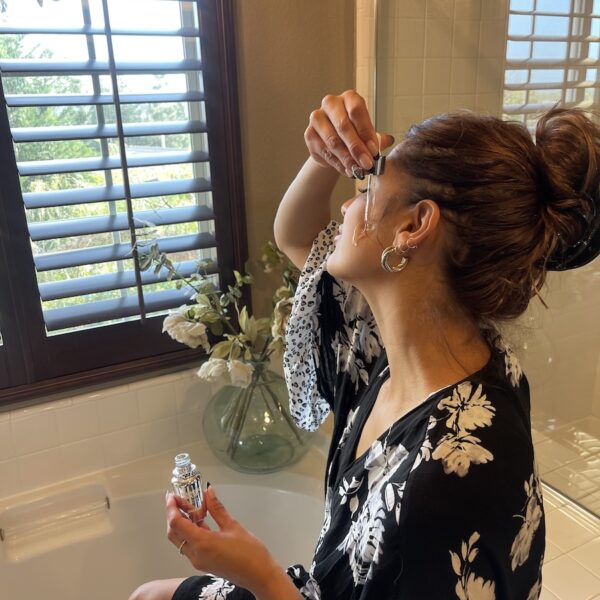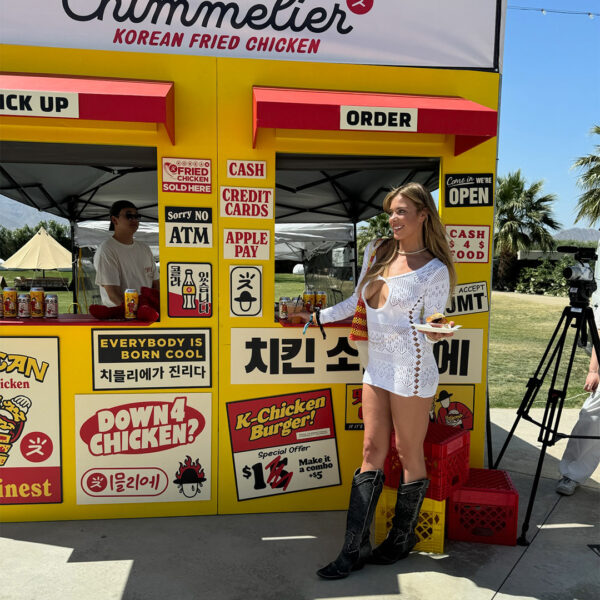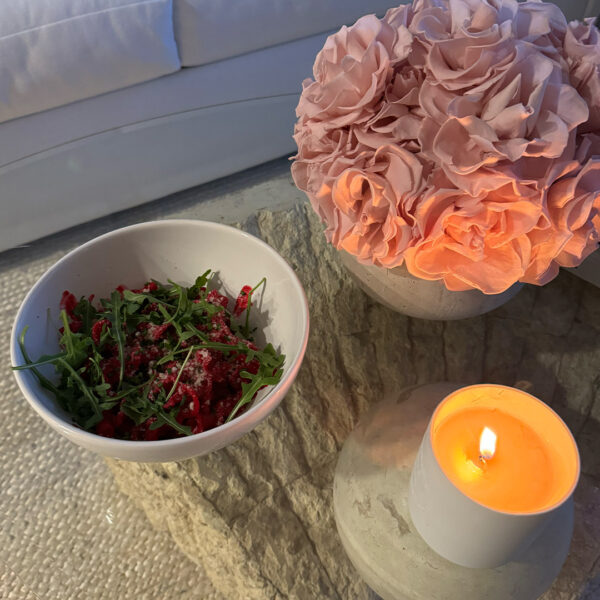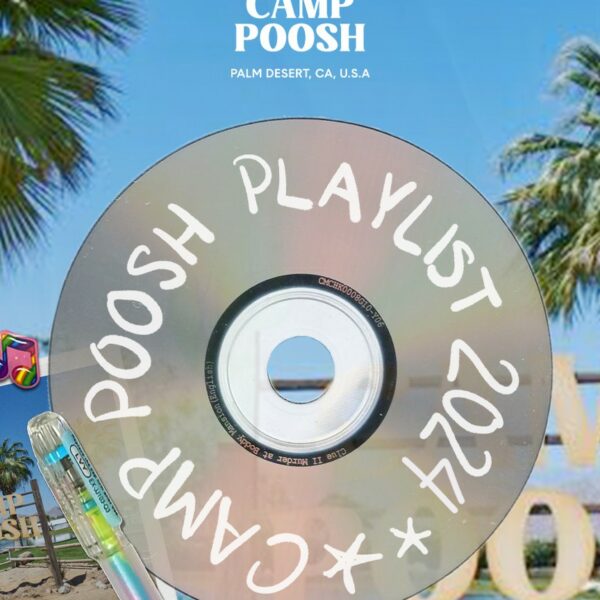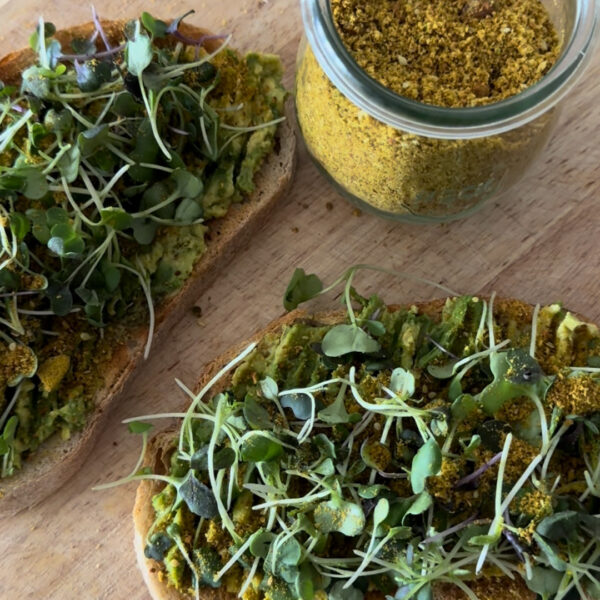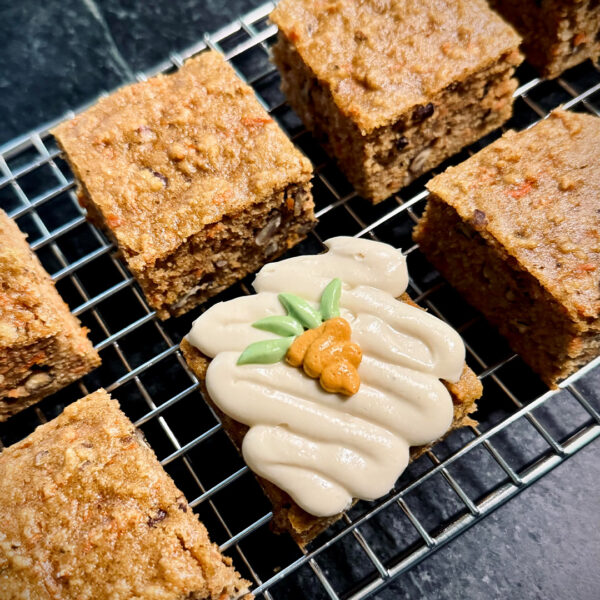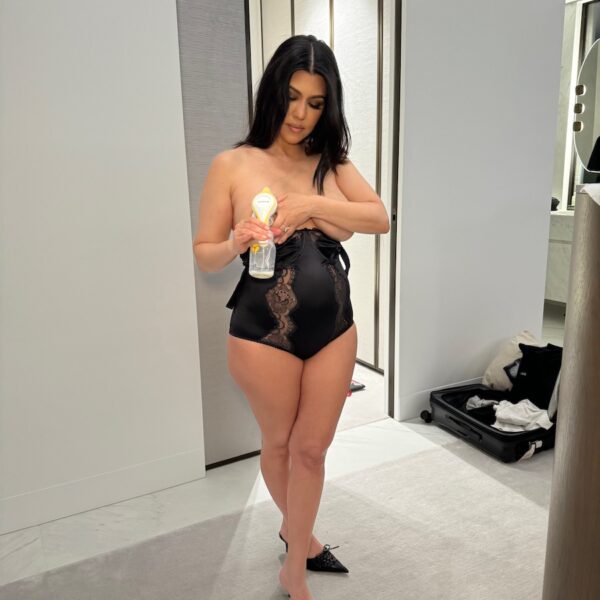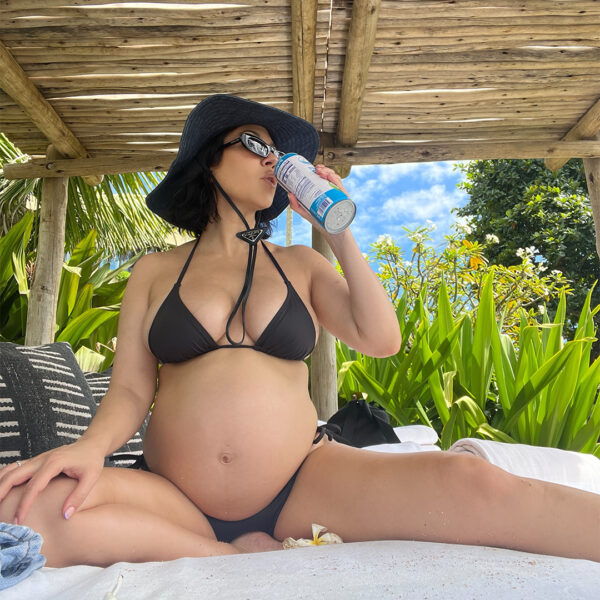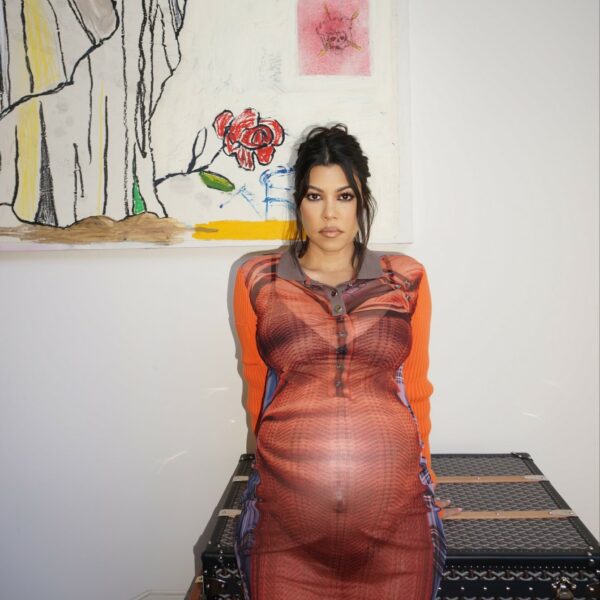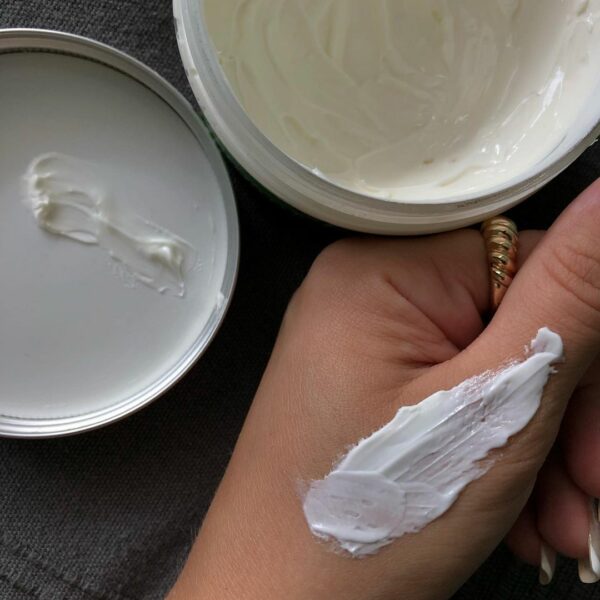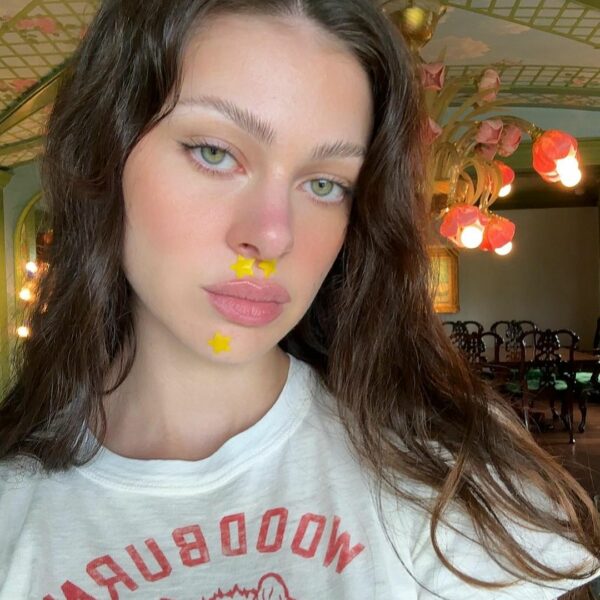We’ve grown up trained to think that our period comes once a month, and things can get a little crazy around that time, but once PMS is over, we just magically recalibrate and settle into the remainder of our month—a type of oversimplified homeostasis. We focus so much on one “period” of time that we forget to think of it as a cycle.
Being a menstruating human is not simply having this single event each month, but a rotating calendar of hormonal changes. Being privy to these shifts not only gives us a level of control, but the awareness also helps us forgive and be easy on ourselves instead of punishing or fighting what’s naturally occurring.
There are actually four different parts of our cycle, and they all affect each of us differently. We can make dietary choices to ease and relieve our symptoms, which can help us maintain our well-being and feel empowered.
We are follicular immediately following our period, usually about a week to 10 days long. Two hormones are released at this time, follicle-stimulating hormone (FSH) and luteinizing hormone (LH), which stimulate the growth of eggs in our ovaries. The “shells” of these eggs are referred to as the follicle.
Both these hormones can also trigger the production of more estrogen. This boost of hormones might give us an extra bump in energy, or even creativity and productivity. We might have a drop in appetite, but that doesn’t mean we shouldn’t be focusing on food. To properly prepare for the ovulatory phase, we should be nourishing ourselves with phytoestrogen-rich foods, like pumpkin and flax seeds. We should also eat lots of fiber, antioxidants (think pomegranate and blueberries), cruciferous veggies like cauliflower, broccoli, and kale, and fermented foods for gut health.
This phase is tricky. We have produced our eggs and are ready to be fertilized, which may result in us feeling extra social, bubbly, flirty, and absolutely glowing. Others may experience ovulatory pains, which can feel like cramps. This can dilute our appetite, and even make some of us sad or irritable, which is due to the excess of estrogen and LH. LH is produced in the brain, which can make us feel anxious.
For this phase, fiber and cruciferous veggies are also smart. But it’s equally important to up your intake of zinc and magnesium from leafy greens, beans, nuts, and shellfish. If you need another excuse to eat oysters, they are nature’s highest form of zinc! Do high-energy workouts first thing in the morning to relieve pains, and make sure to be easy on yourself and get lots of rest in the evenings. We are only ovulating for three to four days, so if pain is being experienced, it won’t last long.
The luteal phase is typically the longest phase of the month, starting at 10-12 days before your period. This is when PMS symptoms start to arrive, starting with fatigue, anxiousness, and even breakouts or bloating. Cramps typically arrive closer to the final phase of menstruation, but they can arise anywhere within the luteal phase.
During this time, the lining of the uterus gets a bit thicker to prepare for possible pregnancy, on the chance that an egg was fertilized during the ovulatory phase. In most cases, i.e. when not fertilized, this thicker lining starts to loosen (paired with cramping) to shed during the menstrual phase. To stay on top of possible symptoms, flush the body with lots of water and minerals (think electrolytes to hydrate and assist with cramp pains) to keep the skin clear.
Don’t be afraid of carbs during this time! Not to make a case for giving in to all your sweet cravings (because this time is when we start craving sweets and experiencing heightened emotions), but moderate amounts of low-glycemic, aka high-fiber, carbs will stave off the cravings and give us the energy we need. Vitamins D, B6, and omegas are ultra-important during this time, so think oats, beans, lentils, and salmon, as well as foods high in magnesium.
The holy grail, the one we think of when we hear the word “cycle,” is our menstrual phase. Ease off of tough workouts, and stick to mellow movement like low-impact Pilates, walks, or yoga later in the day to give your body time to de-stress.
The crucial nutrients during this time are B12 (yogurt, turkey, chicken, eggs), vitamin C (bell peppers, eggplant, papaya, mango, strawberries, broccoli), omega 3, and zinc, but also extra iron due to the blood and tissue loss. We can get iron from red meat, sure, but also beans, molasses, lentils, tuna, and firm tofu for happy syncing.
Poosh Edit: Essentials for an Ideal “Me” Night

The content provided in this article is provided for information purposes only and is not a substitute for professional advice and consultation, including professional medical advice and consultation; it is provided with the understanding that Poosh, LLC (“Poosh”) is not engaged in the provision or rendering of medical advice or services. You understand and agree that Poosh shall not be liable for any claim, loss, or damage arising out of the use of, or reliance upon any content or information in the article.
Up next, be the first to know our weekly content and sign up for our Poosh newsletter.




